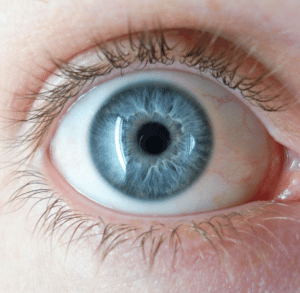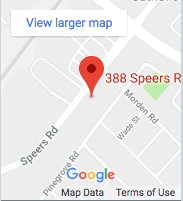 We’ve all experienced times of eye discomfort when we know something is wrong. When it comes to our eyesight, there’s no substitute for having regular eye exams. An ophthalmologist has the expertise to diagnose and treat eye conditions that can worsen if left undetected and untreated.
We’ve all experienced times of eye discomfort when we know something is wrong. When it comes to our eyesight, there’s no substitute for having regular eye exams. An ophthalmologist has the expertise to diagnose and treat eye conditions that can worsen if left undetected and untreated.
However, there are many common, relatively harmless eye conditions you may be able to deal with at home. Always check with your eye doctor for any eye problem that persists.
OTC Eye Care Products
There are eight types of OTC (over-the-counter) eye care products. They are:
- Artificial tears
- Ointments or emollients
- Eye washes
- Hyperosmotics
- Scrubs
- Decongestants
- Antihistamines
- Allergy eye-drop preparations
Artificial Tears
Artificial tears are synthetic, water-based lubricants you can use to treat dry eyes. Dry eye is typified by a white or slightly reddened eye combined with a sandy, gritty, dry feeling. Artificial tears are usually used two to five times a day, as needed, for the relief of symptoms. Some people may develop sensitivity to the preservatives in these solutions but most brands are available in preservative-free form, as well.
Ointments or Emollients
Ointments are also useful for the relief of dry eye. Their advantage over water-based solutions is that they contain lubricating ingredients similar to petroleum jelly that stay in the eye longer. These preparations can cause blurring right after use so they are often used only prior to going to bed.
Eye Washes
Eye washes or ocular irrigants are used to cleanse and/or rinse debris from the eye and are available as liquids or drops. Eye washes are balanced to the right acidity and electrolyte concentration so they are non-irritating to the eye.
Hyperosmotics
Hyperosmotics are used to treat swelling of the cornea by drawing water out of the cornea. Most OTC hyperosmotics contain sodium chloride in several concentrations, which can cause stinging and burning but the 2% solution causes less stinging than the 5% solution.
Scrubs
Eyelid scrubs are helpful for removing oils, debris or loose skin that can be associated with eyelid inflammation. Foaming action is provided by soap agents.
Decongestants
Decongestants are used to shrink swollen blood vessels in a congested eye. An example of this condition is conjunctivitis (pink eye). Phenylephrine is the most common decongestant used for this purpose. If no improvement of the symptoms is seen within 72 hours of using it, phenylephrine should be discontinued and you should see a doctor.
Antihistamines
Antihistamines are sometimes combined with ocular decongestants for the treatment of pink eye, especially when it’s caused by an allergy. Side effects include burning, stinging and general discomfort.
Allergy Eye-Drop Preparations
A new class of eye drops for the treatment of itchy eyes due to allergies have recently become available over the counter. Ask your pharmacist if one of these is right for you.

